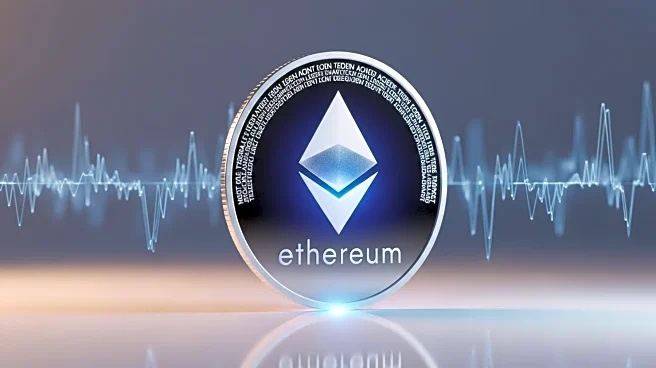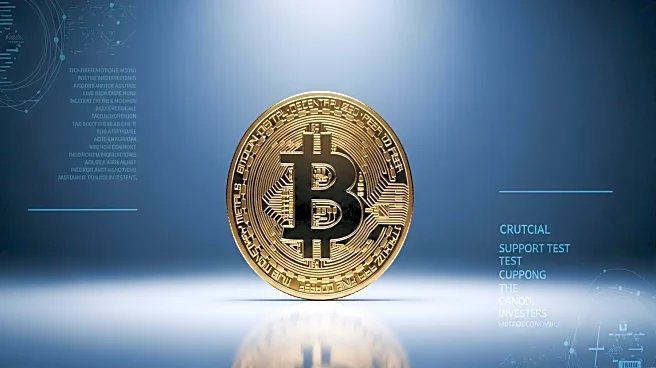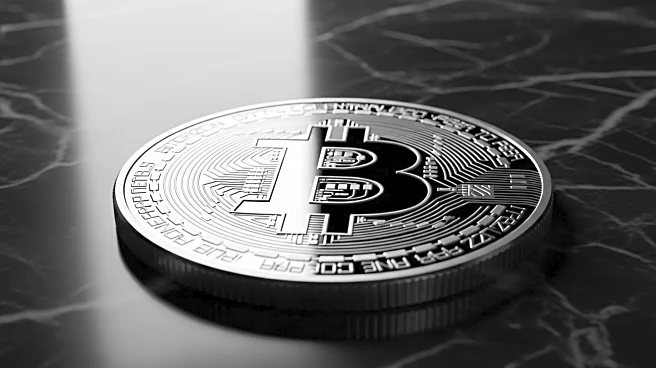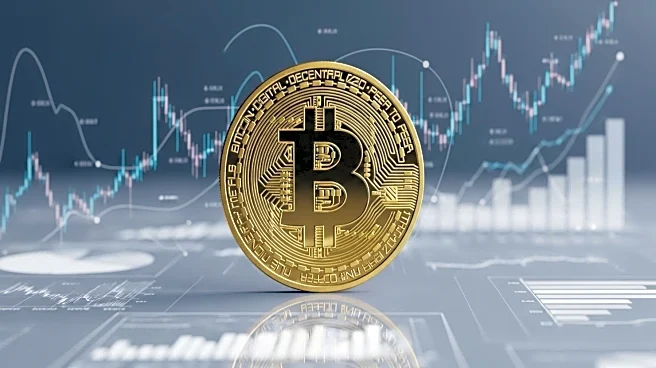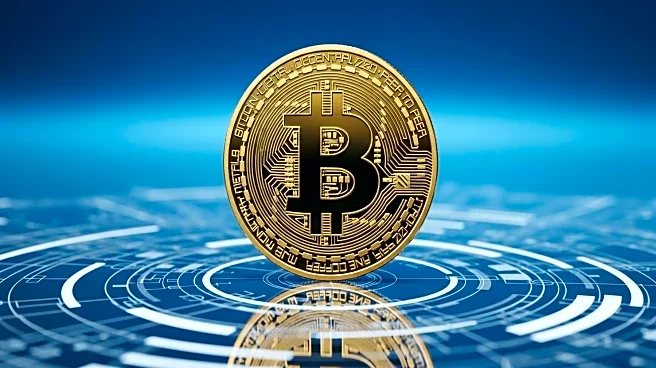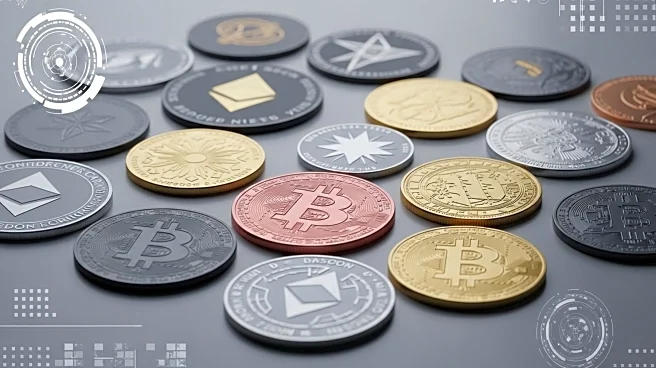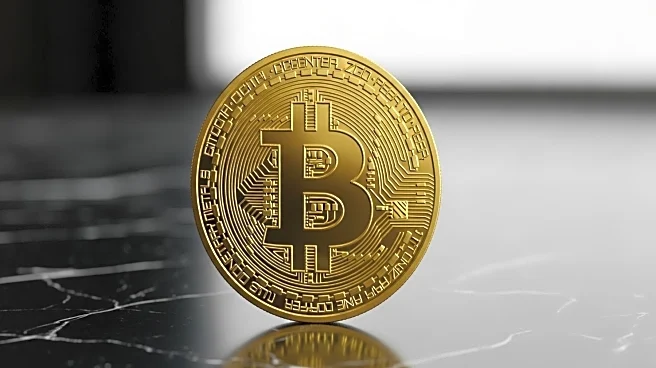What is the story about?
What's Happening?
The July 2025 U.S. Personal Consumption Expenditures (PCE) report has intensified speculation about the Federal Reserve's next move, with core inflation rising to 2.9% year-over-year. This has reinforced Bitcoin's appeal as a hedge against inflation, particularly as investors anticipate prolonged accommodative monetary policy. Institutional adoption of Bitcoin has surged, with ETFs managing over $70 billion in assets and corporate holdings like MicroStrategy's 630,000 BTC normalizing the asset in traditional portfolios. Despite geopolitical shocks, such as the Israel-Iran conflict causing a 12% drop, institutional buying has offset volatility, with 64% of Bitcoin's supply now held for over a year.
Why It's Important?
Bitcoin's role as a hedge against inflation is gaining renewed relevance amid persistent inflationary pressures. The asset's resilience and institutional adoption are reshaping its trajectory, making it a significant player in diversified portfolios. The Fed's potential rate cuts could boost Bitcoin, but delayed cuts might test its inflation-hedging narrative. Institutional investors appear unfazed by short-term volatility, indicating growing consolidation among long-term holders. This shift from speculative trading to long-term wealth preservation highlights Bitcoin's evolving role in the financial landscape.
What's Next?
The Federal Reserve's decision on rate cuts in September will be crucial for Bitcoin's trajectory. A 25-basis-point cut could boost risk appetite and drive Bitcoin higher, while a hotter-than-expected PCE reading might delay cuts, testing Bitcoin's inflation-hedging narrative. Investors must weigh the Fed's balancing act against Bitcoin's evolving role in diversified portfolios, considering macroeconomic uncertainty and institutional dynamics.
AI Generated Content
Do you find this article useful?



